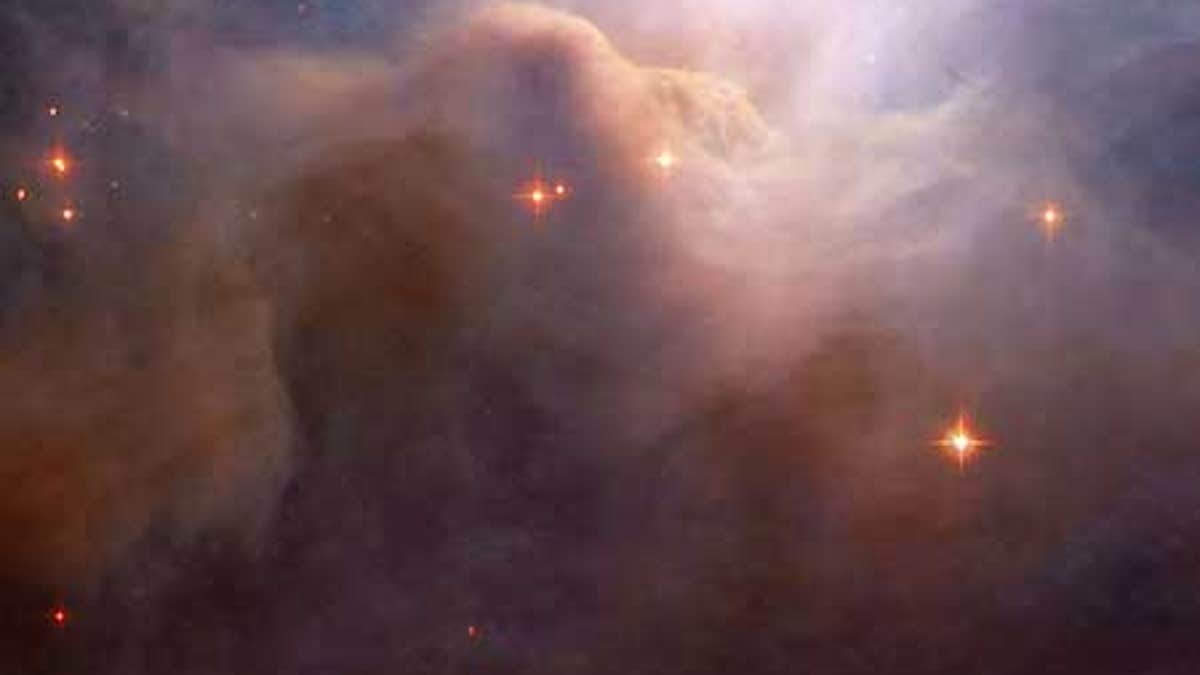
A recent image taken by the Hubble Space Telescope reveals the perfect dust laboratory in the sky and could help astronomers pin down the raw ingredients needed to give birth to baby stars.
The stellar photo is a composite of four images taken with different filters by Hubble's Advanced Camera for Surveys. The resulting close-up shot reveals the northwest region of the Iris Nebula, or NGC 7023. The nebula is a region of star formation that lies about 1,400 light-years away in the constellation of Cepheus. (A light-year is the distance light will travel in a year, which is about 6 trillion miles, or 10 trillion km).
The image shows billowing mounds of cosmic dust. Such dust is made up of tiny particles of solid matter ranging in size from 10 to 100 times smaller than the dust grains you might find blanketing household furniture on terra firma.
SLIDESHOW: Spectacular New Images from Hubble Telescope
The scientists were particularly interested in parts of the nebula that appeared redder than expected. Considered a reflection nebula, NGC 7023 scatters light from a massive nearby star, which in this case is a star called HD 200775 that's 10 times the mass of the sun. Typically, reflection nebulae appear blue, because dust grains scatter blue light more efficiently than red.
(The other variety of nebula, called emission nebulae, are hot enough to emit light themselves and tend to appear red.)
Some hydrocarbon-based compound must be causing these dusty filaments to take on the red tinge, the researchers figure.
In addition to studying the detailed Hubble image, the astronomers also used Hubble's Near Infrared Camera and Multi-Object Spectrometer instrument to try to determine the chemical make-up of the nebula.
In general, where there are clumps of dust, stars can sprout up as the material collapses inward due to gravity. Over time if the clump gets massive enough, it ignites nuclear fusion, at which point a full-fledged star is born. And so the results could also add to knowledge of star birth.
